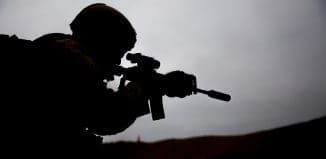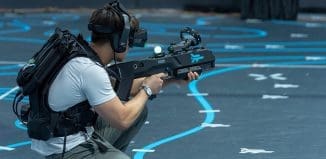The Future of Urban Warfare According to Rheinmetall

This post is also available in:  עברית (Hebrew)
עברית (Hebrew)
Rheinmetall has won a contract to set up an urban warfare ‘training city’ for a customer of Middle East-North Africa (MENA) region.
The complete ‘training city’ site, which will be constructed in the customer country, will have technical features that make it the advanced training center for preparing soldiers and security personnel for urban operations.
Rheinmetall will equip urban infrastructure constructed by the customer with a complete array of simulation technology, creating a high-tech training environment.
Among the simulation technologies will be an Advanced Laser Engagement System, designed to take into account special requirements of urban operations and house-to-house fighting, making it possible to bring a full range of participants into the exercise loop while including their weapons and vehicles. For example, every combat vehicle involved in the exercise is fitted with laser receivers that also enable vehicles to be engaged from above.
Core elements also include a high-performance wireless data and position locating system as well as a control and evaluation center, to include presentation systems for exercise briefings.
According to the company’s announcement, exercise commanders will be able to know all the participants’ status and position from the control and evaluation center in real time, even when they are inside buildings. In addition, it is possible to simulate the impact of indirect fire on building interiors, e.g. from artillery and mortars.
In order to enable realistic training for operations in a complex urban setting, a new ‘city’ was constructed in the customer country precisely for this purpose, consisting of more than 150 buildings.




























